The
Mysterious 1960 Small Date Lincoln Cent
By BJ Neff, NLG
|
It was a pleasant surprise to have In 2006, I had established that the 1960 small date Lincoln cent master We One Vertical Misaligned We should first look into the unusual |
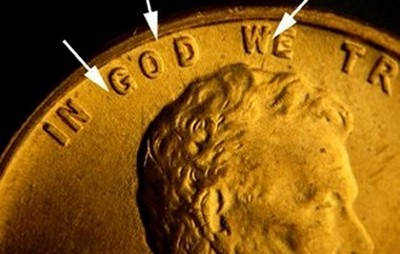 |
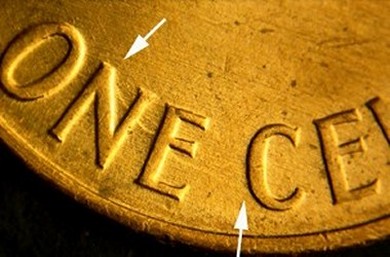 |
|
Working |
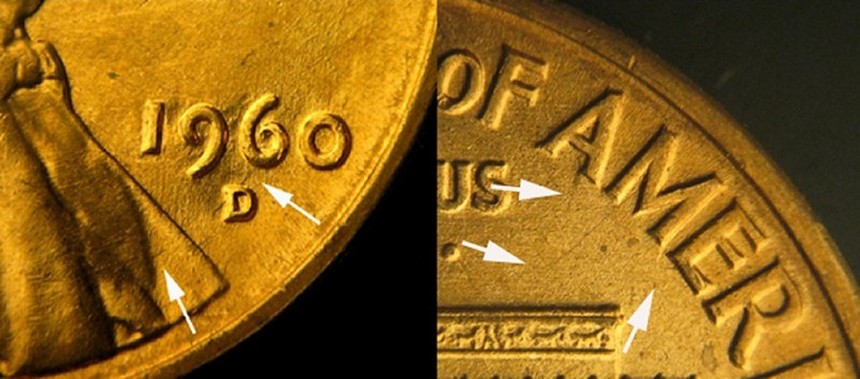 |
|
The |
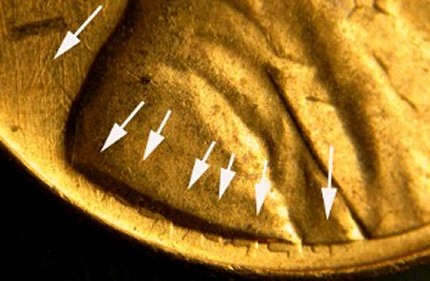 |
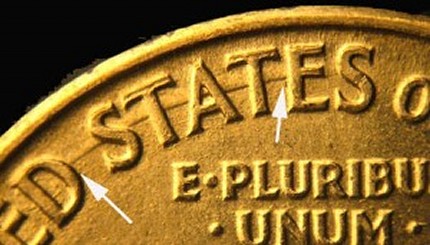 |
|
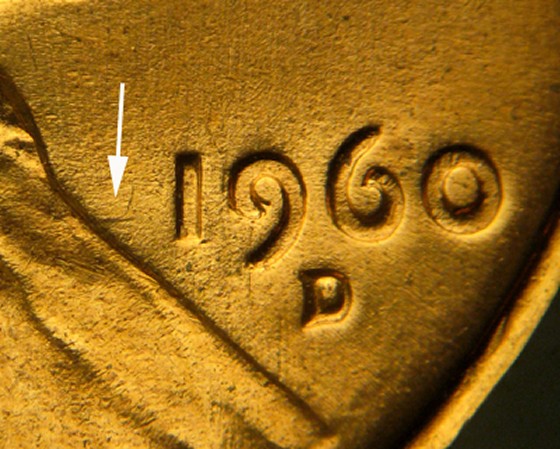 |
|
The other die clash pattern is created by the lower |
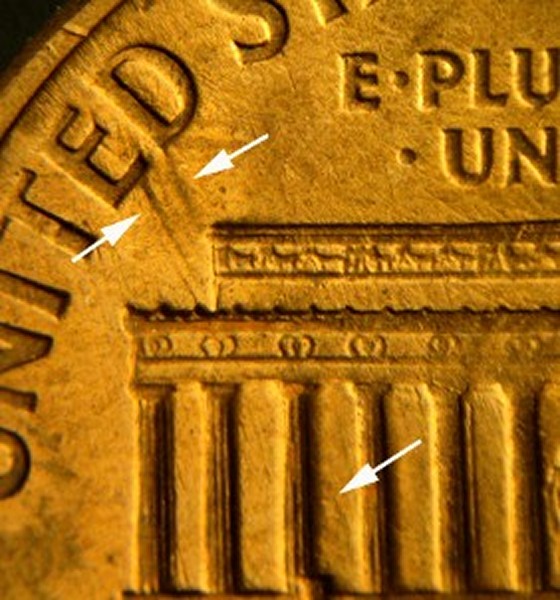 |
|
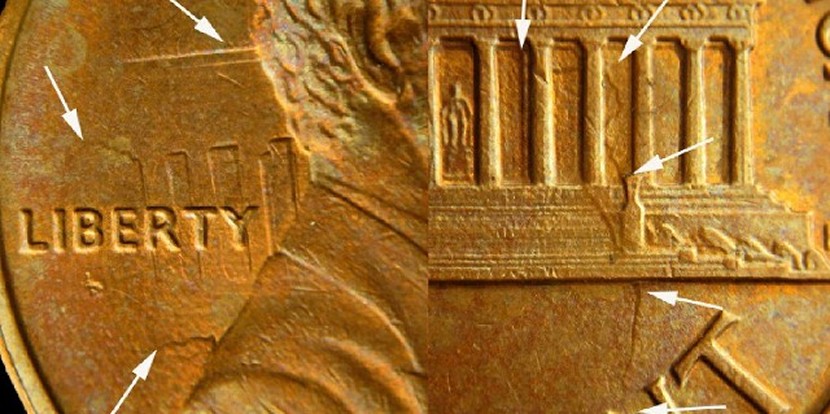 |
|
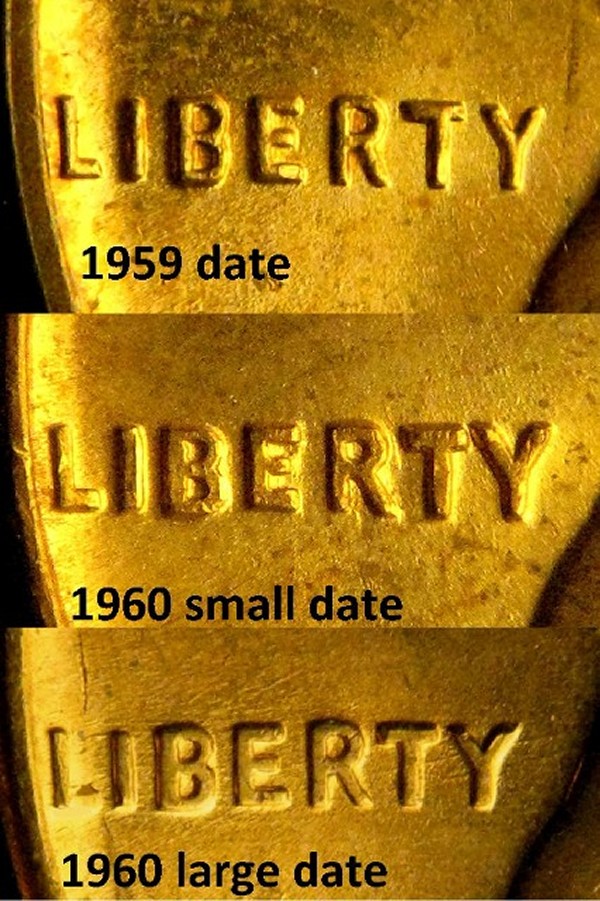 |
|
We can also see similar differences |
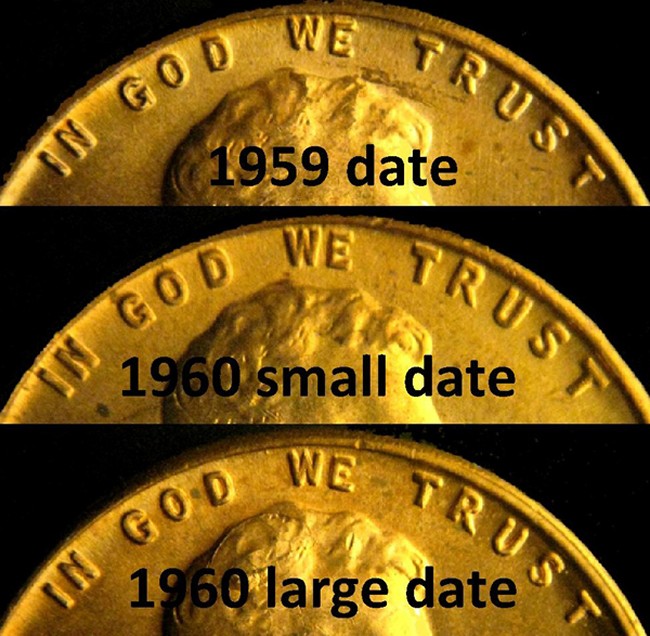 |
|
Why did the mint We So,
[1] The web note was printed on a high speed printing press that did not live up to the expectations of the Mint. The one dollar bill was the only limited note printed on this press type. |